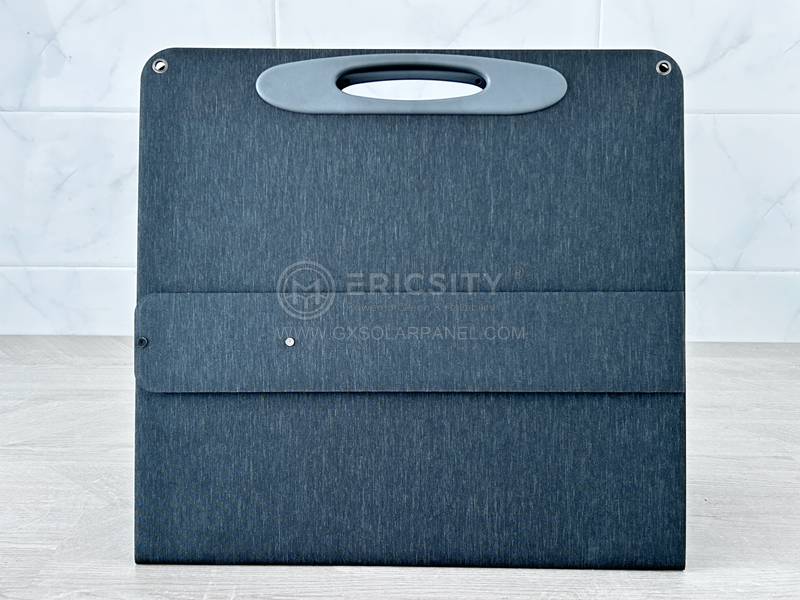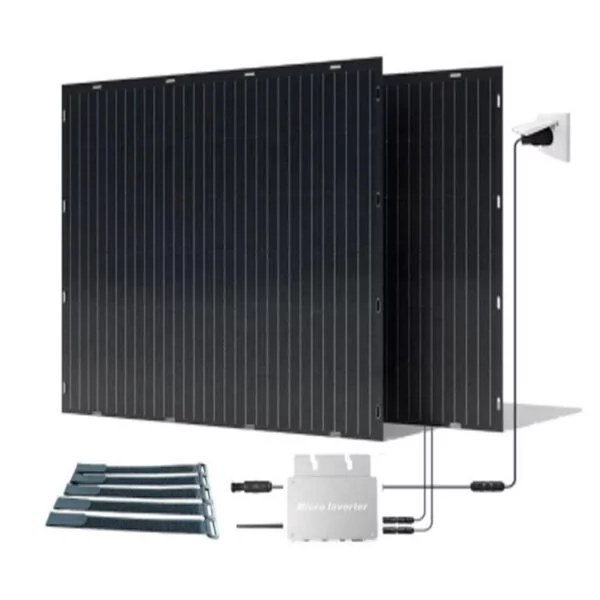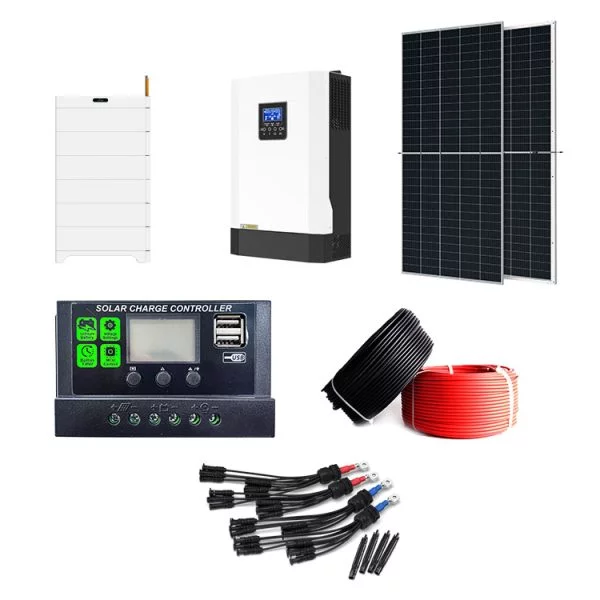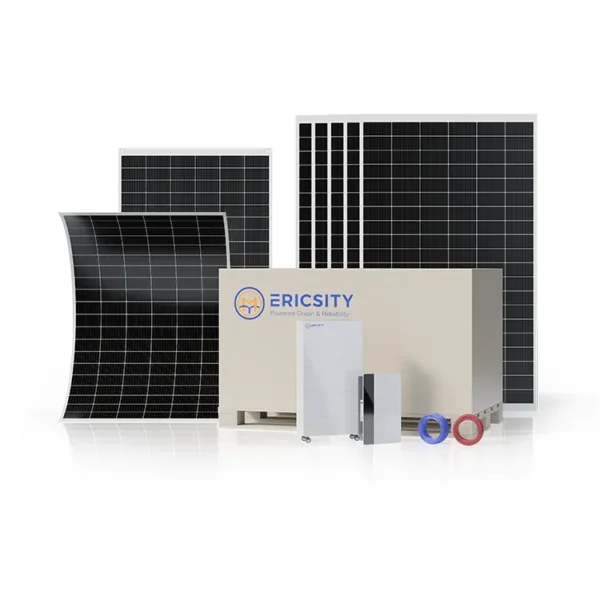HOT PRODUCT
Product Details
The Science Behind Adhesive-backed Solar Panels: Staying Secure And Efficient
Title: The Science Behind Adhesive-backed Solar Panels: Staying Secure and Efficient
Introduction (100 words)
Solar energy has emerged as a reliable and eco-friendly source of power in recent years. Advancements in technology have led to the development of adhesive-backed solar panels, which offer enhanced flexibility and ease of installation. This article will delve into the science behind adhesive-backed solar panels, exploring how they stay secure and maximize energy efficiency.
Adhesion Mechanism (150 words)
The primary challenge in designing adhesive-backed solar panels is ensuring their secure attachment to a variety of surfaces. The science behind the adhesion lies in the adhesive material itself. Typically, a silicone-based adhesive is used, as it possesses remarkable bonding properties combined with high resilience to environmental stressors.
The adhesive’s effectiveness is attributed to its ability to establish molecular bonds with the surface it adheres to. During installation, the adhesive spreads uniformly across the panel’s entire backside, creating a layer that clings to the mounting surface. This adhesive layer thrives on the intermolecular forces of adhesion, including van der Waals forces and dipole-dipole interactions, allowing the panels to remain tightly secured over time.
Durability (150 words)

In addition to providing reliable adhesion, adhesive-backed solar panels must withstand a range of environmental conditions. The adhesive material possesses remarkable properties that ensure its durability and resistance against elements such as temperature variations, humidity, and UV radiation.
The silicone-based adhesive demonstrates excellent thermal stability, which means it can withstand prolonged exposure to high temperatures without degradation. This characteristic allows the panels to maintain their adhesion strength over years and minimizes the risk of detachment.
Furthermore, the adhesive is designed to resist moisture penetration. Moisture ingress can compromise adhesion and performance, leading to reduced efficiency. Manufacturers achieve this resistance through the use of hydrophobic additives in the adhesive composition, which help repel water and prevent damage to the bonding interface.
Energy Efficiency (150 words)
Adhesive-backed solar panels not only bring ease of installation but also enhance energy efficiency. The adhesive layer acts as a thermal conductor, improving heat dissipation from the solar module. This property is crucial for maintaining optimal panel performance, as excess heat can cause a reduction in electrical output efficiency.

By facilitating efficient heat transfer, the adhesive layer helps to maintain lower operating temperatures of the solar cells. This mitigates the risk of thermal degradation and allows the panels to operate at their maximum potential.
Moreover, adhesive-backed solar panels minimize the gap between the module and the mounting surface. This reduction in spacing reduces the chances of air circulation that can disrupt the flow of wind over the panels. The improved aerodynamics boost energy efficiency by preventing disturbances that can decrease power output.
Conclusion (100 words)
The science behind adhesive-backed solar panels revolves around a well-designed adhesive material that ensures both secure bonding and long-lasting performance. By harnessing the power of intermolecular forces, these panels achieve reliable adhesion to various surfaces. Furthermore, the adhesive layer plays a crucial role in enhancing energy efficiency by optimizing heat dissipation and improving aerodynamics.
As solar energy continues to gain prominence, adhesive-backed solar panels offer a convenient and efficient solution for installation. The combination of secure adhesion, durability, and improved energy efficiency makes them an attractive option for residential and commercial applications alike.




